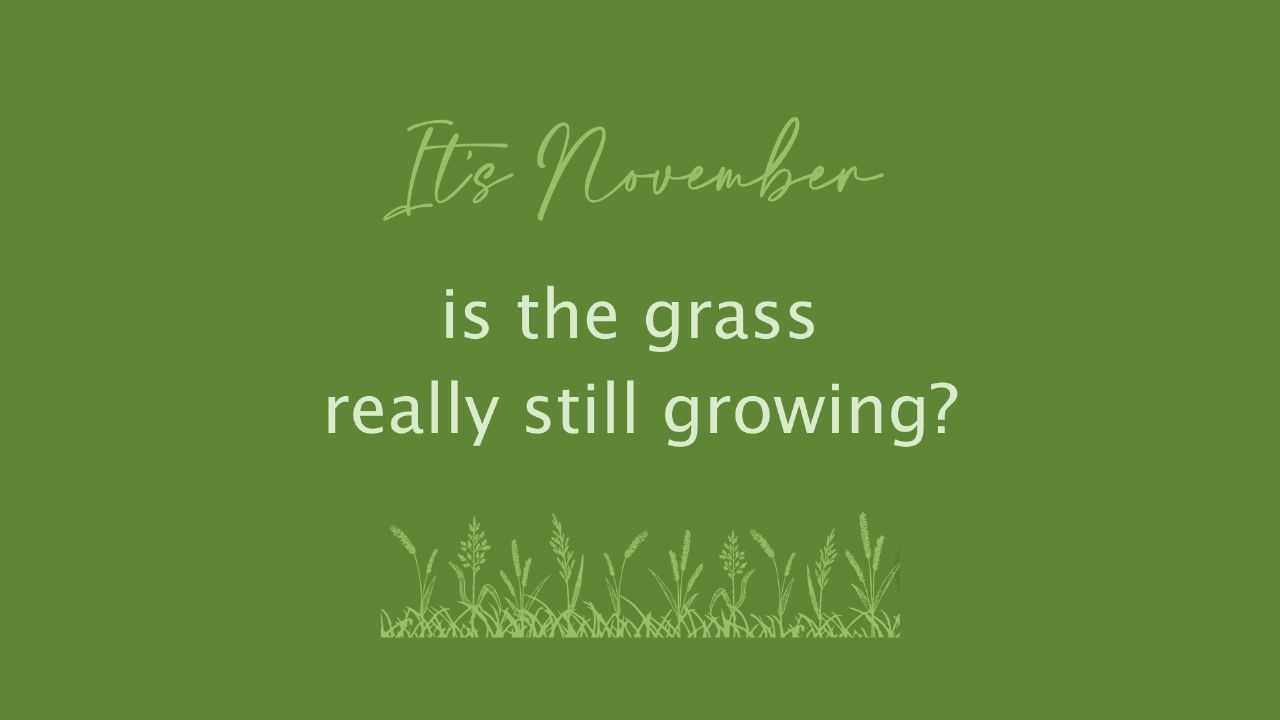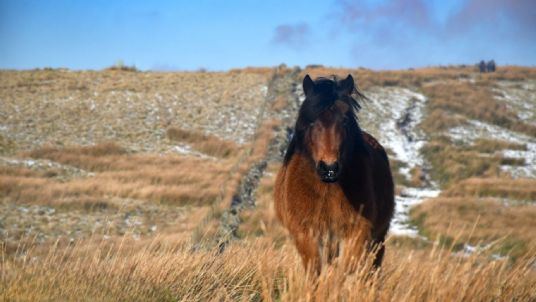Grass has the potential to grow all year, which is different from many other plants. Certain things are necessary for this growth, but if they are not met, the grass will be dormant, waiting for conditions to improve.
Temperature: Grass can grow at temperatures above 6 deg. C. It will grow quicker when it is above 15 deg. C. But temperate grasses, such as we have in the UK, are not keen on it being too hot so will not thrive above 25 deg. C. If it is very hot, above 30 deg. C., seeds will not germinate. In still conditions, cooler temperatures can result in ground frost, where there is frost on the grass, but the air temperature is a few degrees higher. This will inhibit growth, as will higher ground temperatures in summer, especially where there is little grass cover and the soil absorbs heat, taking its temperature well above that of the air above.
Moisture: Grass of course needs moisture to grow. Generally, this is from rain, but we should not underestimate the effect of heavy dew. This is more likely in still conditions. Snow melt will often result in muddy conditions because it is often still too cold for the grass to grow and take up the moisture. Sun and wind remove moisture, so very overcast, still conditions, such as we may see for instance under high pressure in the autumn, can result in a gradual increase in moisture, supporting plant growth if other factors are favourable. Grass species generally are shallow rooting, so are not able to access water deeper in the soil, unlike deeper rooting forage plants such as sainfoin, lucerne and the vetch family. A few grass types are deeper rooting than the others and so more drought tolerant. These include Cocksfoot and Timothy. Organic matter in the soil helps to retain moisture, so efforts to increase organic matter will be rewarded with improved grass, especially on light, sandy soils.
Soil conditions: Healthy soil will produce healthy grass, to support our horses’ health. Grazing can result in gradually reduced pH in the soil, making it more acidic. A pH 6 – 6.5 is a good level to aim for. If the pH is below 5.5 then it is worth taking measures to correct it, by applying a liming agent or Simple System's Natural Paddock Recovery. This may also help improve surface drainage, especially on heavy clay soils, by breaking up the solid nature of such soils. Ditches and field drains need to be well maintained to prevent water logging. Healthy microbes will benefit the grass and the horses. They in turn will benefit from organic matter in the soil, so we must return in some way the organic matter removed by grazing. On sufficient acreage, resting and harrowing disperses droppings to return nutrients. On restricted acreage, poo-picking is usual, but will result in a gradual decline in soil quality unless the rotted muck is spread back on the paddock.
If we understand what makes the grass grow, we can manage our horses accordingly. If conditions are not favourable, the grass will become stressed, and this will result in it making sugars. It may also make a seed head to ensure the next generation, rather than making leaf. Seed heads are borne on tough stalks which are high in fibre but low in nutrition. When conditions are not great, grass rarely dies but will wait until conditions improve. For instance, if it is too cold to grow, but it is sunny, the grass will still make sugar but cannot process it into growth. The sugar will build up, which is why in frosty conditions, the risk of laminitis can increase. Conversely, very dull, mild, damp weather is probably safer for those prone to laminitis, provided they don’t become overweight.
By understanding how grass grows and what affects it, we have another tool in keeping our horses healthy.




